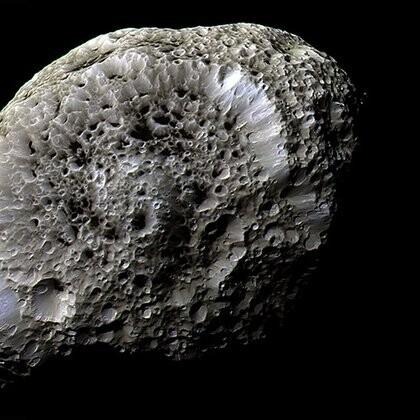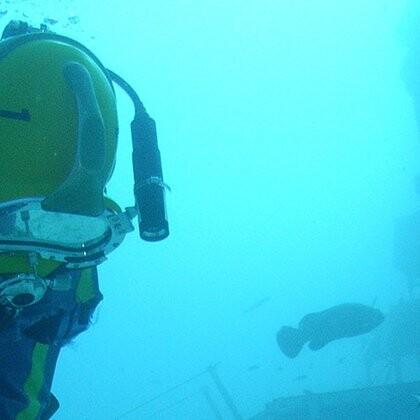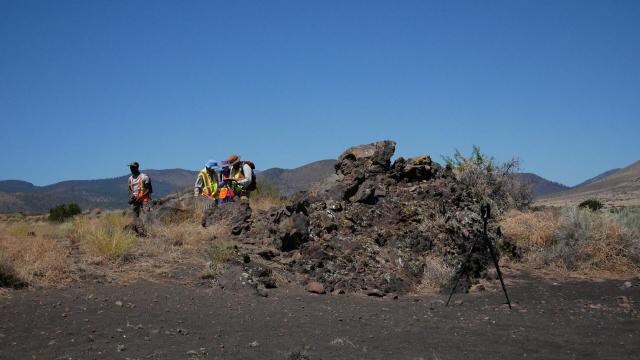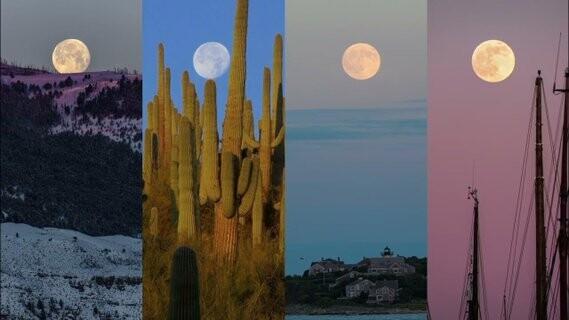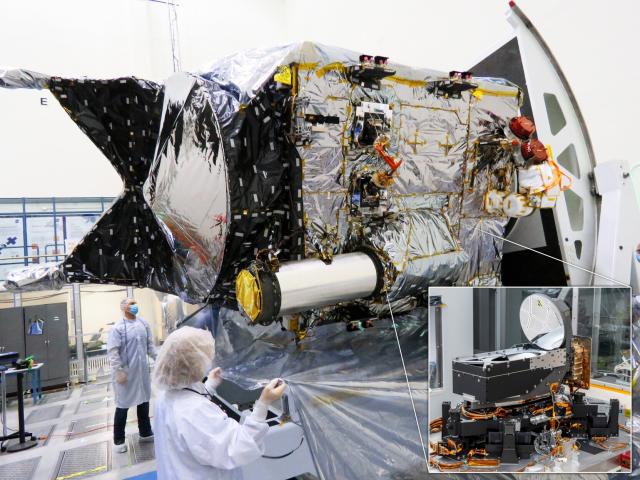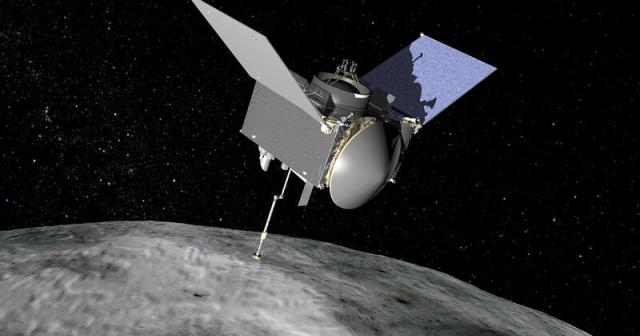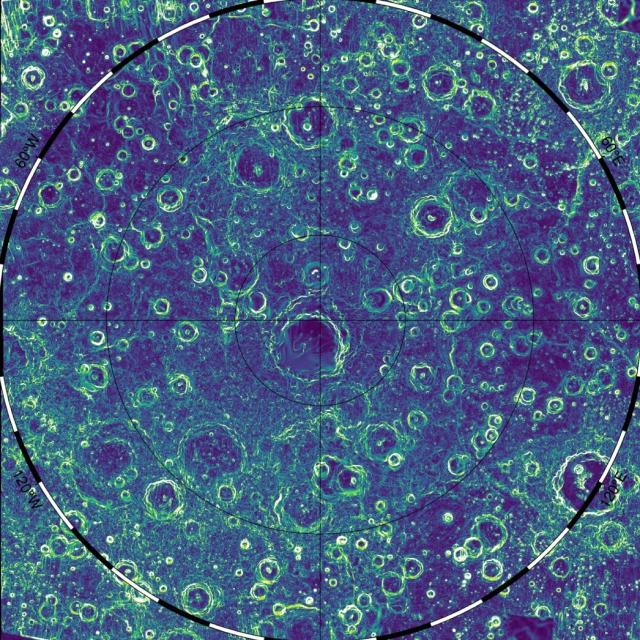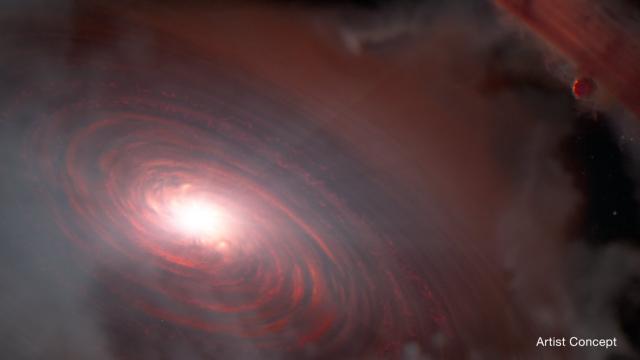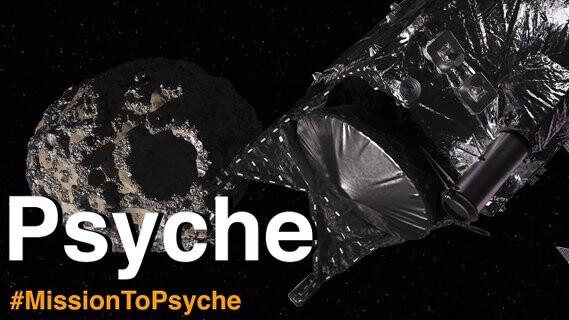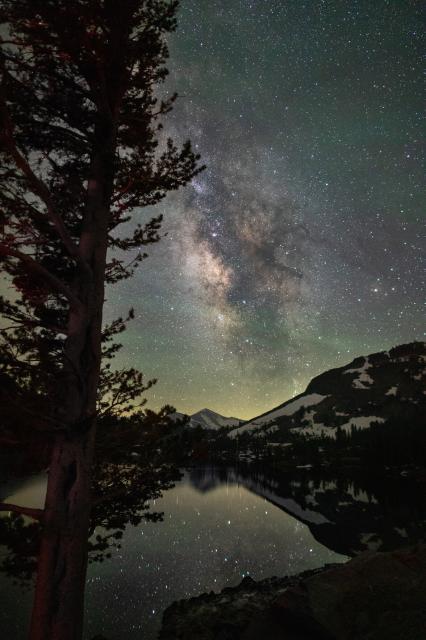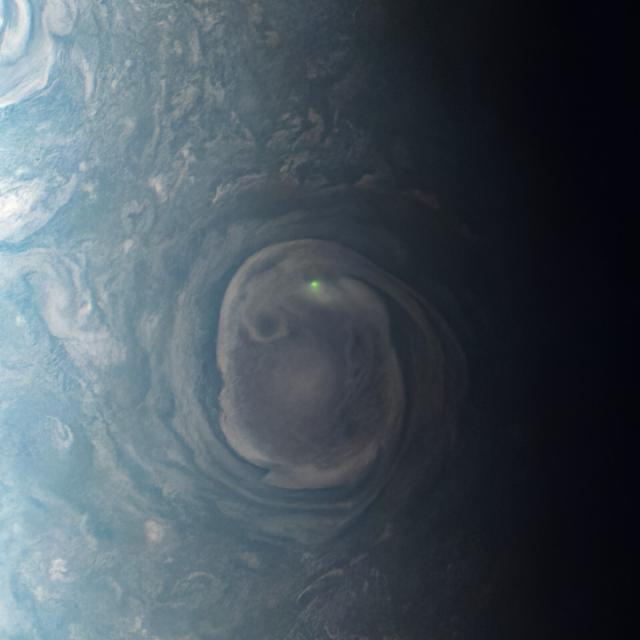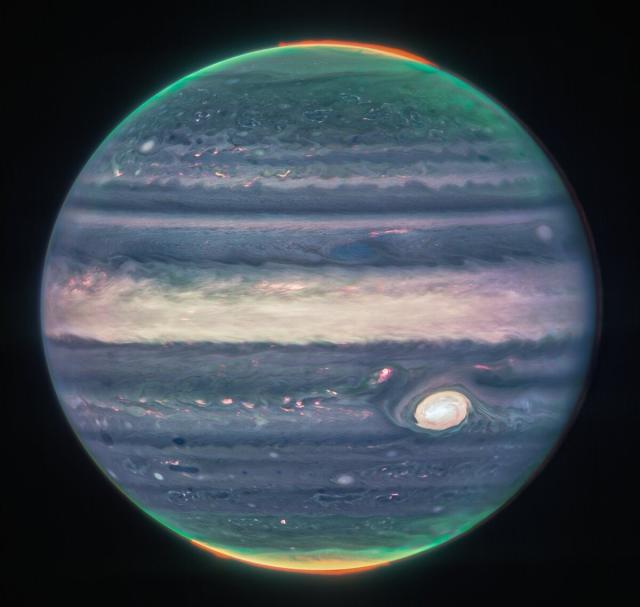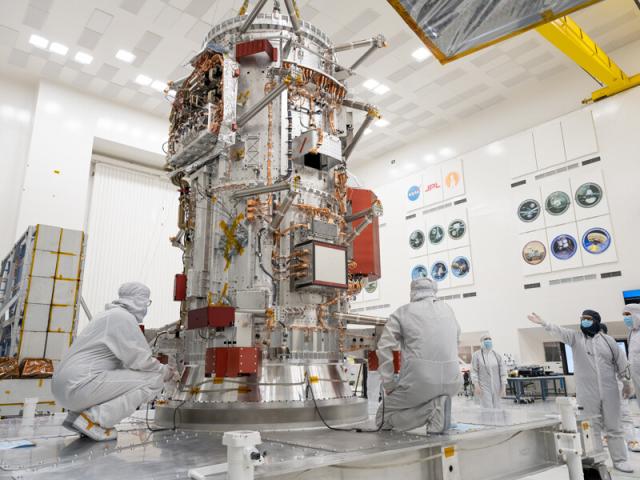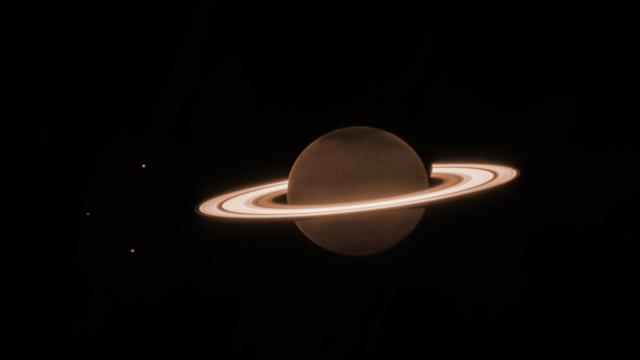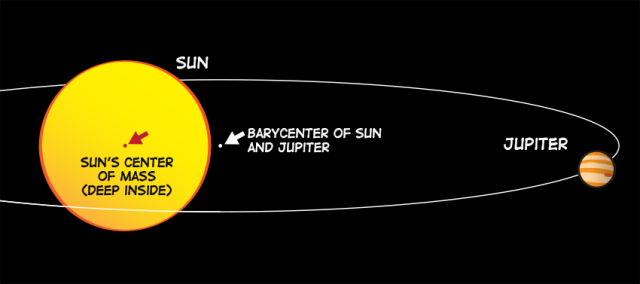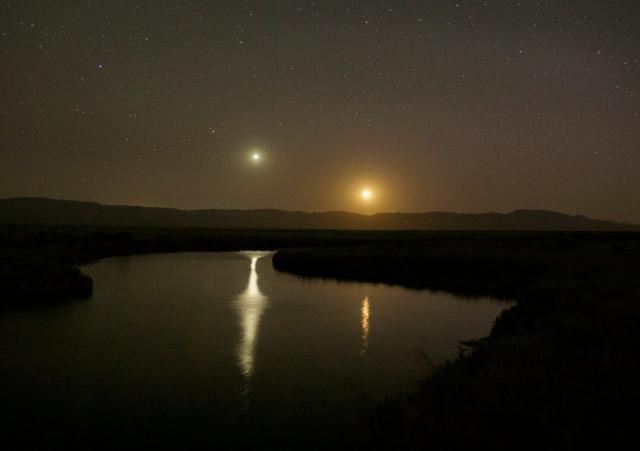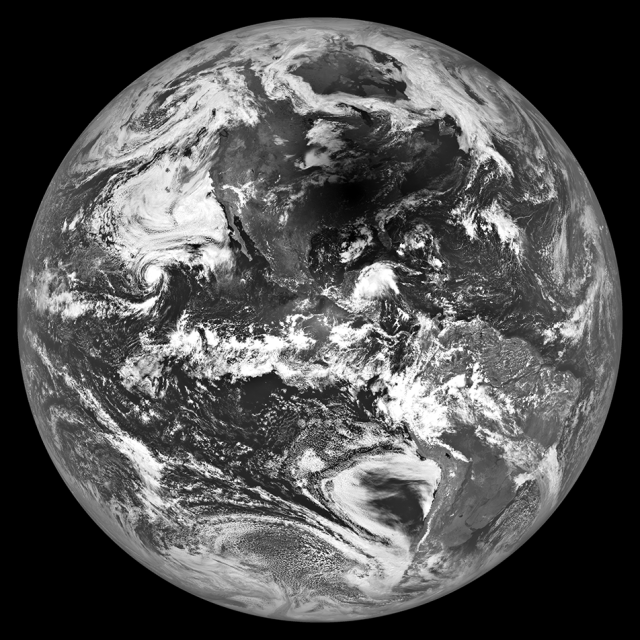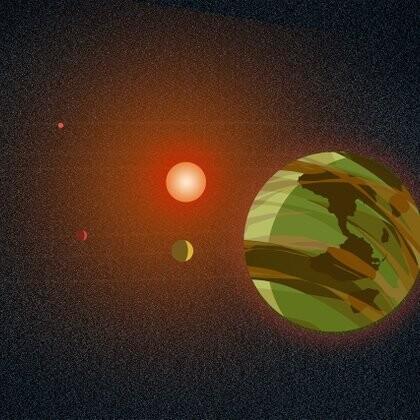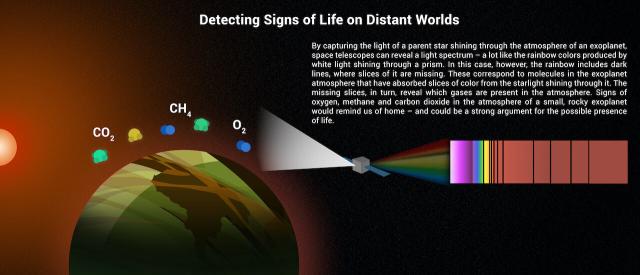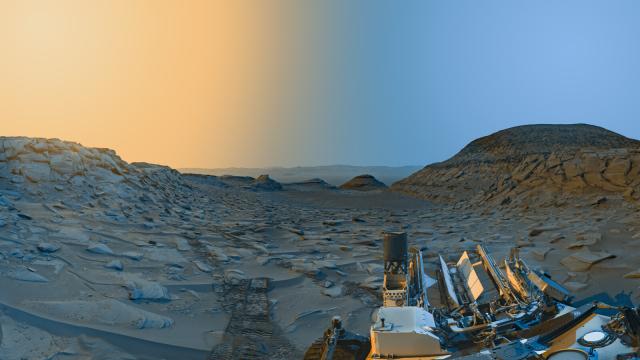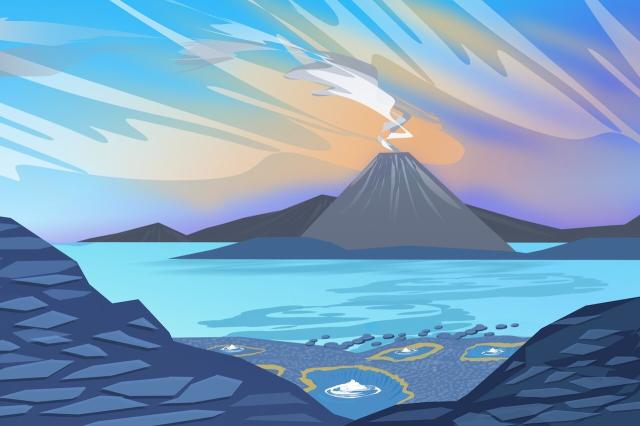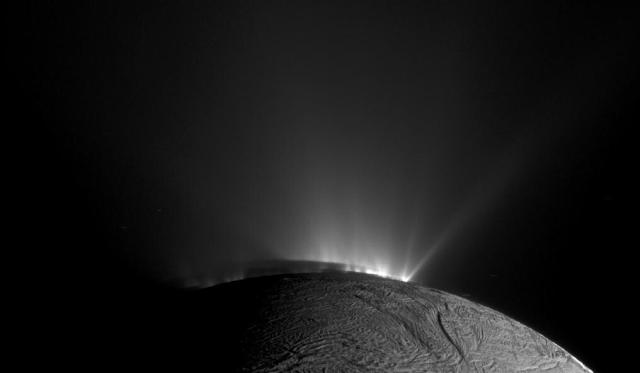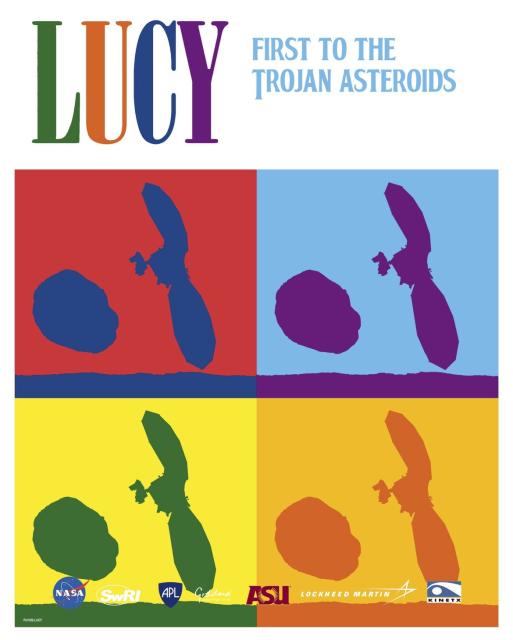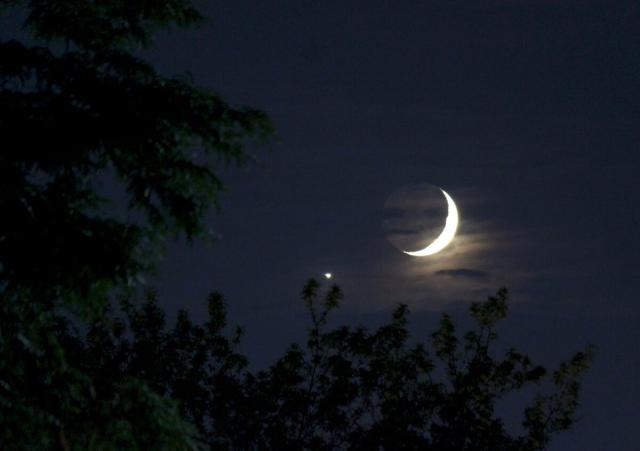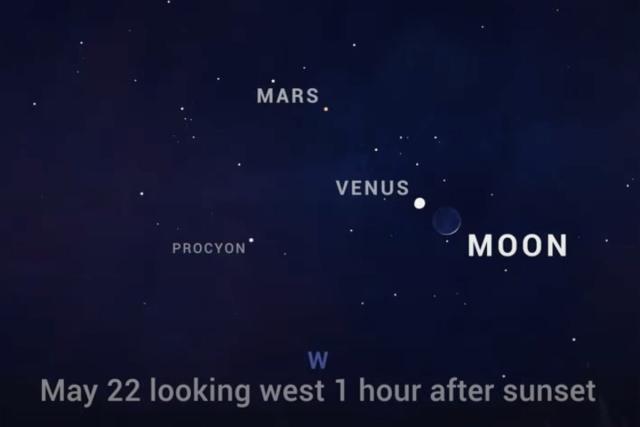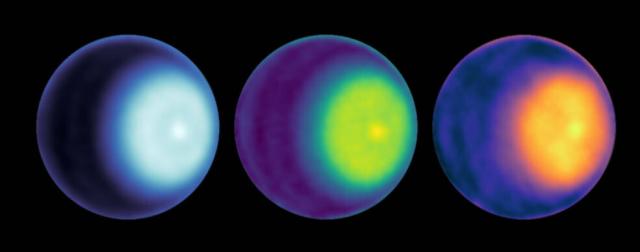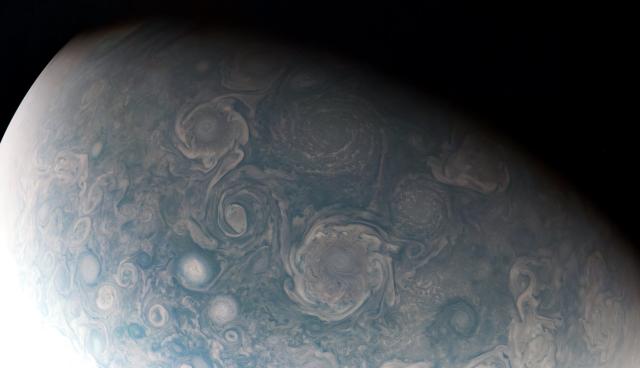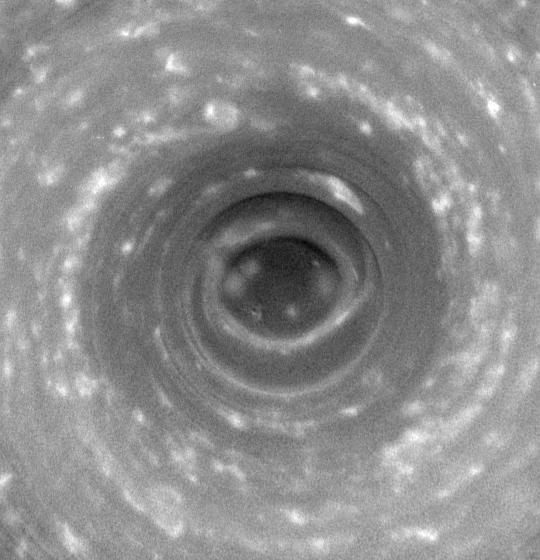Search
Items tagged with: NASASolarSystem
#NASASolarSystem
Moons
Moons, also known as natural satellites, orbit planets and asteroids.NASA Solar System Exploration
Much of our exploration of other worlds in our solar system begins at home.
More on Planetary Analog Studies: solarsystem.nasa.gov/planets/p…
#NASASolarSystem
Planetary Analogs | Planets – NASA Solar System Exploration
NASA’s real-time science encyclopedia of deep space exploration. Our scientists and far-ranging robots explore the wild frontiers of our solar system.NASA Solar System Exploration
#NASASolarSystem
In Depth | Perseids – NASA Solar System Exploration
The Perseid meteor shower peaks in mid-August, and is considered the best meteor shower of the year.NASA Solar System Exploration
#NASASolarSystem
What's Up: August 2023 Skywatching Tips from NASA
What are some skywatching highlights in August 2023?Saturn reaches opposition this month, meaning it's at its biggest and brightest for the year, and visible...YouTube
#NASASolarSystem
Using data from @NASAMars' InSight lander, scientists have made the most precise measurements ever of the Red Planet’s rotation. go.nasa.gov/3DIsWGa
How? Giant radio antennas on Earth! 🌏📡🔴 Specifically, @NASASCaN's Deep Space Network.
[Video embedded in original tweet]
#NASASolarSystem

NASA InSight Study Finds Mars Is Spinning Faster
Data sent by the spacecraft before it retired last December has provided new details about how fast the planet rotates and how much it wobbles.Naomi Hartono (NASA)
#NASASolarSystem
JunoCam : Processing - Mission Juno
Download raw imagery from JunoCam and upload your processed imagery to the gallery!Mission Juno
#NASASolarSystem
Lucy: The First Mission to Jupiter’s Trojans
NASA.gov brings you the latest images, videos and news from America's space agency. Get the latest updates on NASA missions, watch NASA TV live, and learn about our quest to reveal the unknown and benefit all humankind.NASA
#NASASolarSystem
OSIRIS-REx
OSIRIS-REx traveled to near-Earth asteroid Bennu and is bringing a small sample back to Earth for study. The mission launched Sept. 8, 2016, from Cape Canaveral Air Force Station.NASA
What's Up in August? Saturn reaches opposition, meaning it's at its biggest and brightest for the year. The "shooting stars" of the Perseid meteors are a must-see overnight on August 12-13. And August brings two full moons. solarsystem.nasa.gov/skywatchi…
[Video embedded in original tweet]
#NASASolarSystem
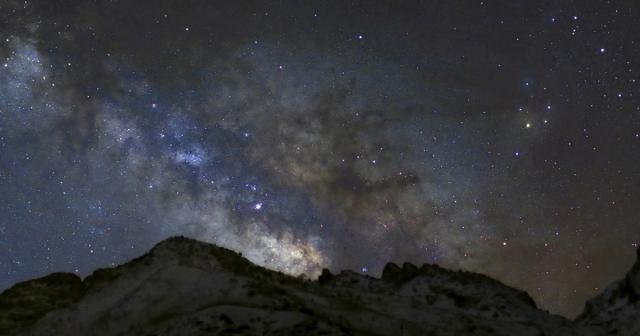
NASA Skywatching Home
What’s visible in the night sky? Get skywatching tips and resources from NASA.NASA Solar System Exploration
#NASASolarSystem
Eyes on the Solar System - NASA/JPL
Explore the 3D world of the Solar System. Learn about past and future missions.Eyes on the Solar System - NASA/JPL
Our #JunoMission is making ever closer passes by Jupiter’s moon Io. The spacecraft will take another look at the active, volcanic moon on July 30 – with even closer flybys to come. 🌋 missionjuno.swri.edu/news/nasa…
[Video embedded in original tweet]
#NASASolarSystem

NASA’s Juno Is Getting Ever Closer to Jupiter’s Moon Io - Mission Juno
NASA's Mission Juno will explore Jupiter, seeking to unlock secrets of the giant planet and our solar system.Mission Juno
How do planets get their names? Aside from Earth, planets in our solar system were named after ancient gods. Today, the job of naming falls to the International Astronomical Union, the internationally recognized authority for naming celestial bodies. solarsystem.nasa.gov/planets/
[Video embedded in original tweet]
#NASASolarSystem

Planets
There are more planets than stars in our galaxy. We've discovered thousands of planets orbiting distant stars, but it all started with the worlds orbiting our star — the Sun. he current lineup includes eight planets.NASA Solar System Exploration
#NASASolarSystem
#NASASolarSystem
Our daredevil spacecraft is almost home! On Sept. 24, after a seven-year-long journey #ToBennuAndBack, OSIRIS-REx will return to Earth with a sample of asteroid Bennu.
Mission updates: blogs.nasa.gov/osiris-rex/
[Video embedded in original tweet]
#NASASolarSystem
#NASASolarSystem
NASA's Psyche Mission to an Asteroid: Official NASA Trailer
Join the journey as NASA’s Psyche mission team prepares for a targeted Oct. 5, 2023, launch to explore a unique metallic asteroid orbiting the sun between Ma...YouTube
#NASASolarSystem
NASA Skywatching Home
What’s visible in the night sky? Get skywatching tips and resources from NASA.NASA Solar System Exploration
#NASASolarSystem
So many pics...
The legacy of exploration at the giant planet continues today with the #JunoMission, @NASAWebb, and soon, @EuropaClipper
solarsystem.nasa.gov/jupiter
#NASASolarSystem
Jupiter
Jupiter is the fifth planet from our Sun, and it's the largest planet in the solar system.NASA Solar System Exploration
#NASASolarSystem
What Is a Barycenter? | NASA Space Place – NASA Science for Kids
And how does it help us find new planets?spaceplace.nasa.gov
Today our #JunoMission completed its 52nd close pass by Jupiter! Earlier this year, it captured this view of storms and hazes on the giant planet. missionjuno.swri.edu/news/nasa…
📸 processed by Björn Jónsson
#NASASolarSystem
NASA’s Juno Mission Observes High-Altitude Hazes in Jupiter’s atmosphere - Mission Juno
NASA's Mission Juno will explore Jupiter, seeking to unlock secrets of the giant planet and our solar system.Mission Juno
#NASASolarSystem
NASA’s InSight Records Monster Quake on Mars
Estimated to be magnitude 5, the quake is the biggest ever detected on another planet.NASA Jet Propulsion Laboratory (JPL)
#NASASolarSystem
What’s Up: Skywatching Tips from NASA
Watch the latest video in NASA’s “What’s Up” series to discover the skywatching highlights for this month.NASA Solar System Exploration
#NASASolarSystem
#NASASolarSystem
Life on Other Planets: What is Life and What Does It Need?
New technology and deeper understanding are moving us closer to detecting signs of life on another world.Exoplanet Exploration: Planets Beyond our Solar System
Wish you were here!
XOXO, Curiosity
This postcard from @MarsCuriosity is an artistic interpretation, with blue added to parts captured in the morning & yellow to parts taken in the afternoon to enhance how the landscape changes throughout the day. go.nasa.gov/42Pfjiq
#NASASolarSystem
NASA's Curiosity Captures Martian Morning, Afternoon in New 'Postcard'
Lighting from two times of day was combined for a stunning view of terrain that the rover is leaving behind.NASA Mars Exploration
Why is Venus so hot?
The planet’s thick CO2-filled atmosphere is great at trapping heat. This creates a runaway greenhouse effect that makes Venus roughly 700°F (389°C) hotter than it would be otherwise. @NASAJPL's Dr. Amy Hofmann gives us the details: go.nasa.gov/42FxR4v
#NASASolarSystem
Venus
Venus is the second planet from the sun and our closest planetary neighbor.NASA Solar System Exploration
#NASASolarSystem
Beginnings: Life on Our World and Others
The first story in a six-part series on NASA's Search for Life takes a close look at the origin of our solar system, and the building blocks of life.Exoplanet Exploration: Planets Beyond our Solar System
#NASASolarSystem
Live View of Near-Earth Asteroids (Official NASA Stream)
You are looking at a real-time visualization of asteroids and comets known as Near-Earth Objects (NEOs). This view is provided by NASA’s interactive Eyes on ...YouTube
#NASASolarSystem
NASA Skywatching Home
What’s visible in the night sky? Get skywatching tips and resources from NASA.NASA Solar System Exploration
#NASASolarSystem
Images | Galleries – NASA Solar System Exploration
NASA’s real-time science encyclopedia of deep space exploration. Our scientists and far-ranging robots explore the wild frontiers of our solar system.NASA Solar System Exploration
NASA’s OSIRIS-REx spacecraft is 4 months away
from returning to Earth with a sample of asteroid Bennu. Scientists will examine the sample with questions about,
🧬Origins of life
📚 History of the solar system
🪨 Changes to the sample on its journey.
💎Lucy in the sky with asteroids (and a diamond beam splitter)
Learn all about the Lucy mission and its quest to learn more about the origins of our solar system on this week’s episode of Houston We Have a Podcast.
nasa.gov/johnson/HWHAP/lucy
#NASASolarSystem
Ep. 289: Lucy
The Principal Investigator for NASA’s Lucy mission discusses the spacecraft’s 12-year journey to eight different asteroids as we look to better understand the formation of our solar system. HWHAP Episode 289.Heidi Lavelle (NASA)
#NASASolarSystem
#NASASolarSystem
NASA Scientists Make First Observation of a Polar Cyclone on Uranus
Scientists used ground-based telescopes to get unprecedented views, thanks to the giant planet’s position in its long orbit around the Sun.Tony Greicius (NASA)
#NASASolarSystem
